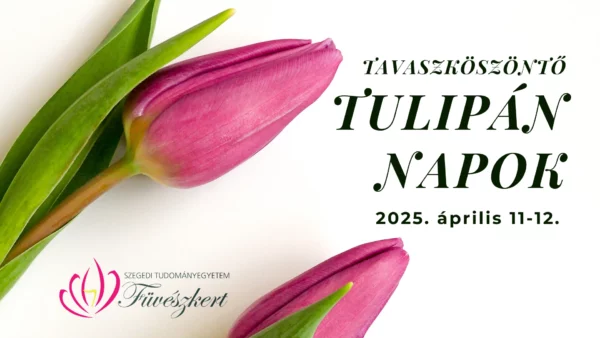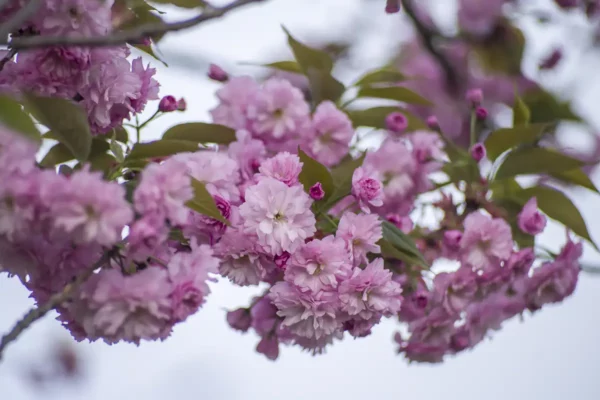Noble liverwort (Hepatica nobilis Schreb.)
Our plant mostly attracts attention at the end of winter, in early spring, when its bluish-purple flowers bloom far from the still gray, dry stubble. It is a perennial plant and where it finds favorable living conditions, large stems consisting of dozens of flowers can develop over time. Buttercups (Ranunculaceae) belongs to the family.
It got its name from its lobed leaves that look like liver lobes, which are visible all year round, thus indicating the presence of the plant beyond the flowering time. The three-lobed ones are long-handled, leathery, shiny green in color and reddish-brown on the back. Fresh leaves always appear after the flowers appear. Folk medicine also knows it as a medicinal plant, its leaves are collected. Its tea is consumed against gall, liver, and kidney ailments, but its effect has not been scientifically proven.
The structure of its pedunculate flowers is also interesting: its sepals and petals are unisexual, equally colored, and consist of 5-10 members. These bracts playing in blue-purple colors give the plant its real spectacle. Its bracts can rarely be white or pale pink. The three green, cup-like leaves behind the bracts are actually whorled bracts.
The liverwort calls ants to help it spread its fruit: its acorns produce oil-containing appendages, so-called we can find elaiosomes, which are used to attract ants. The ants carry the seeds far away from the mother plant, and in return they get a nutritious treat.
It is native to the temperate regions of the Northern Hemisphere, so it can also be found in Asia and North America. In our country, its natural habitats are transdanubian beech forests and oak forests.
Since it is a very decorative plant, there are many horticultural versions. We show you a little taste of this on our Facebook page.
The noble liverwort is a protected plant, its conservation value is HUF 5,000!













